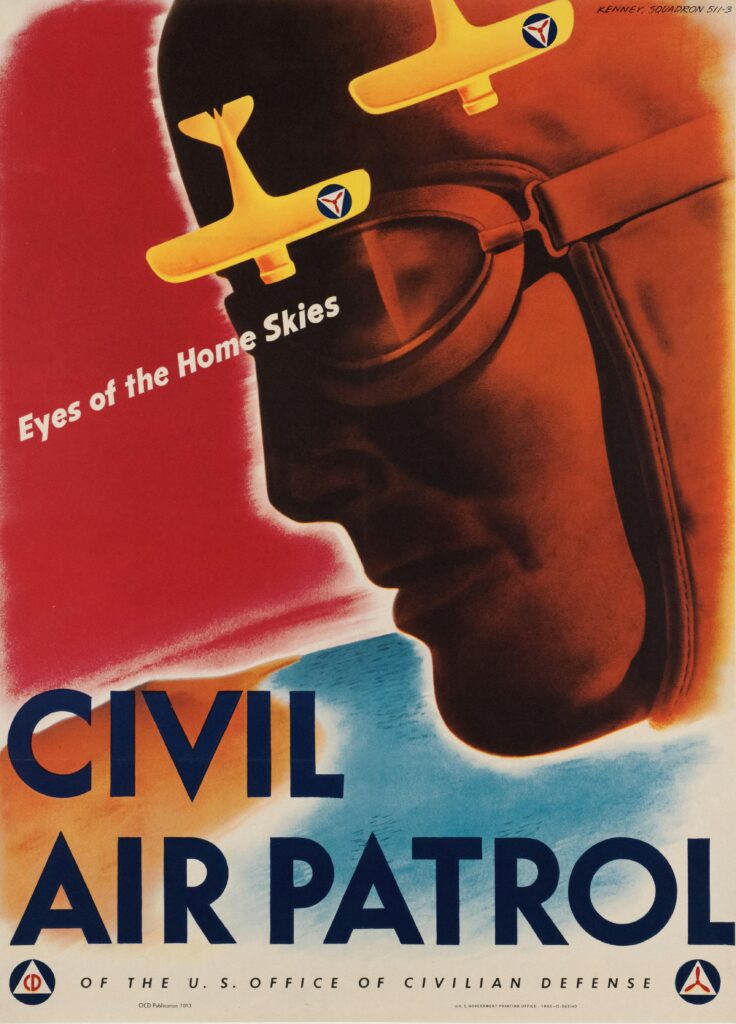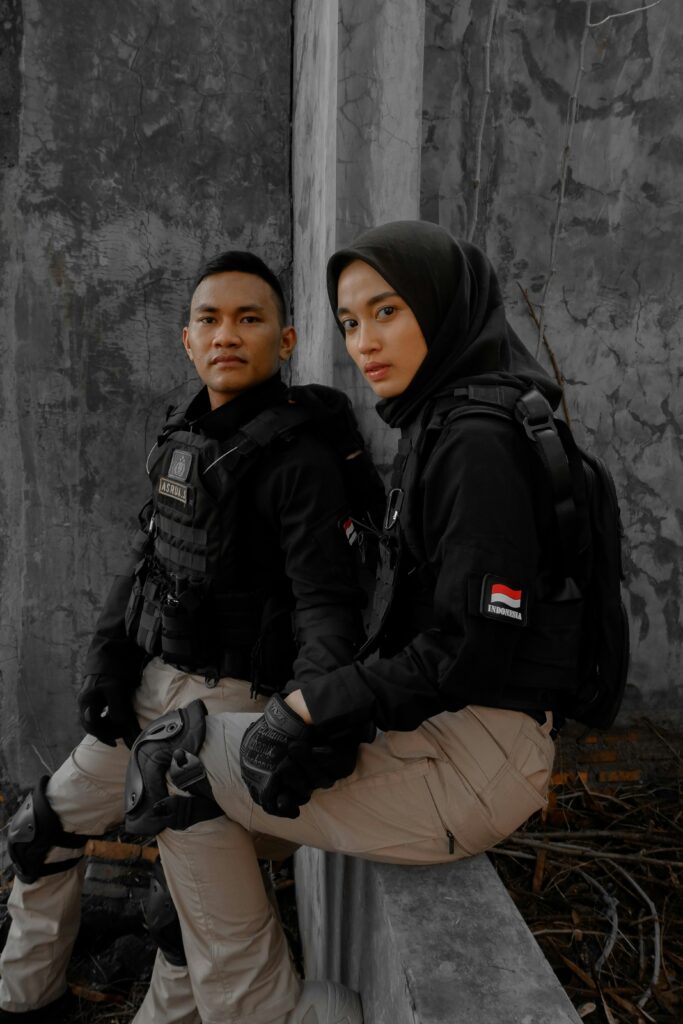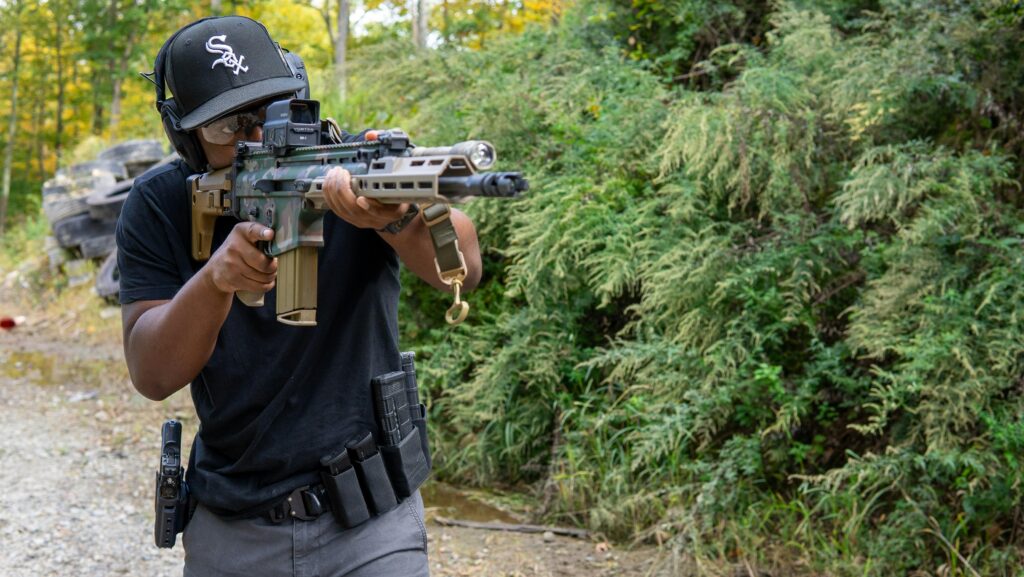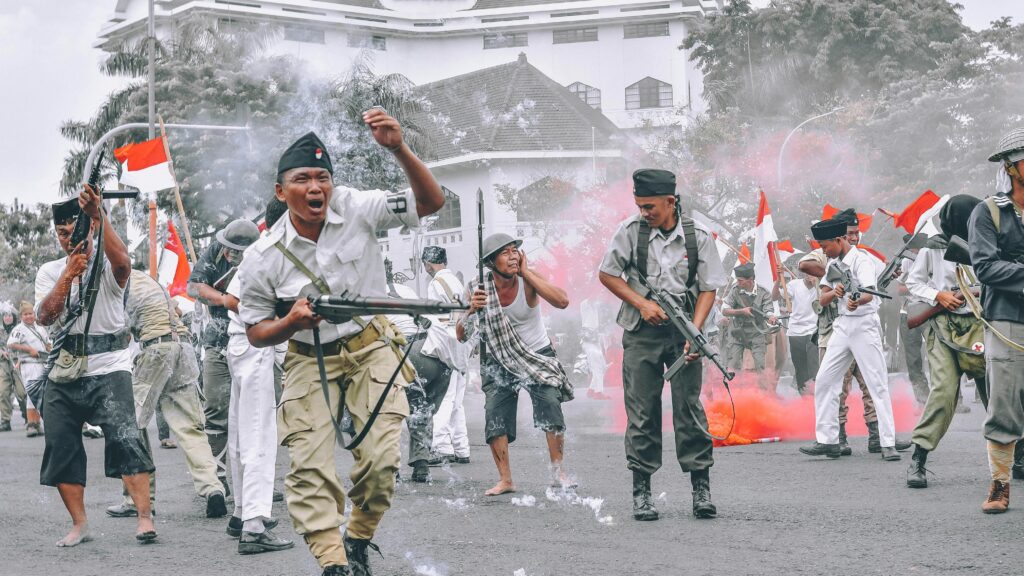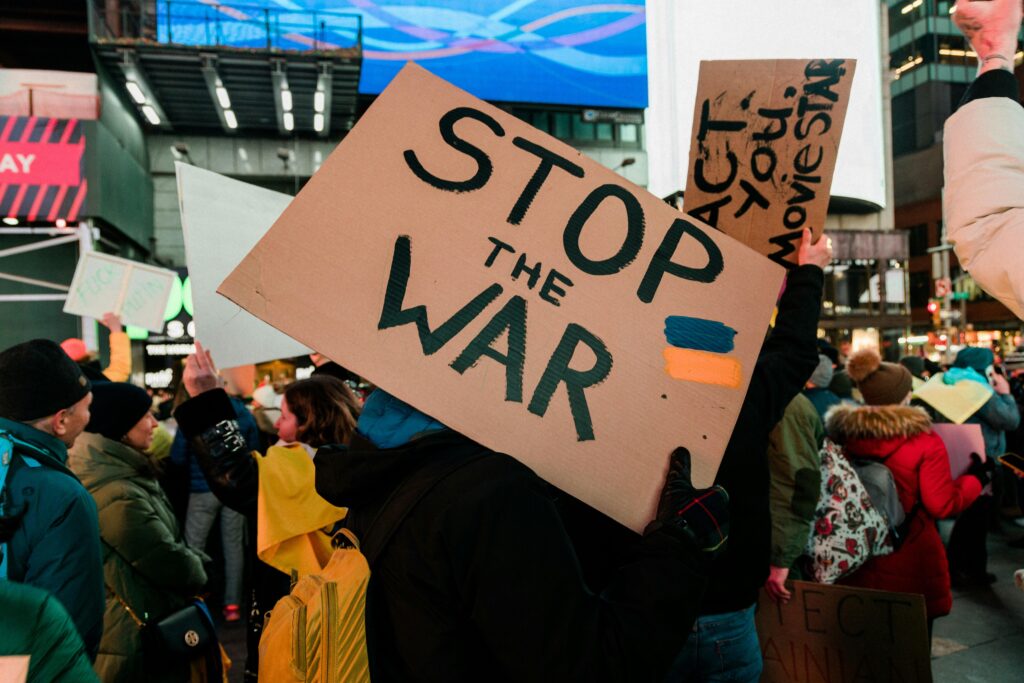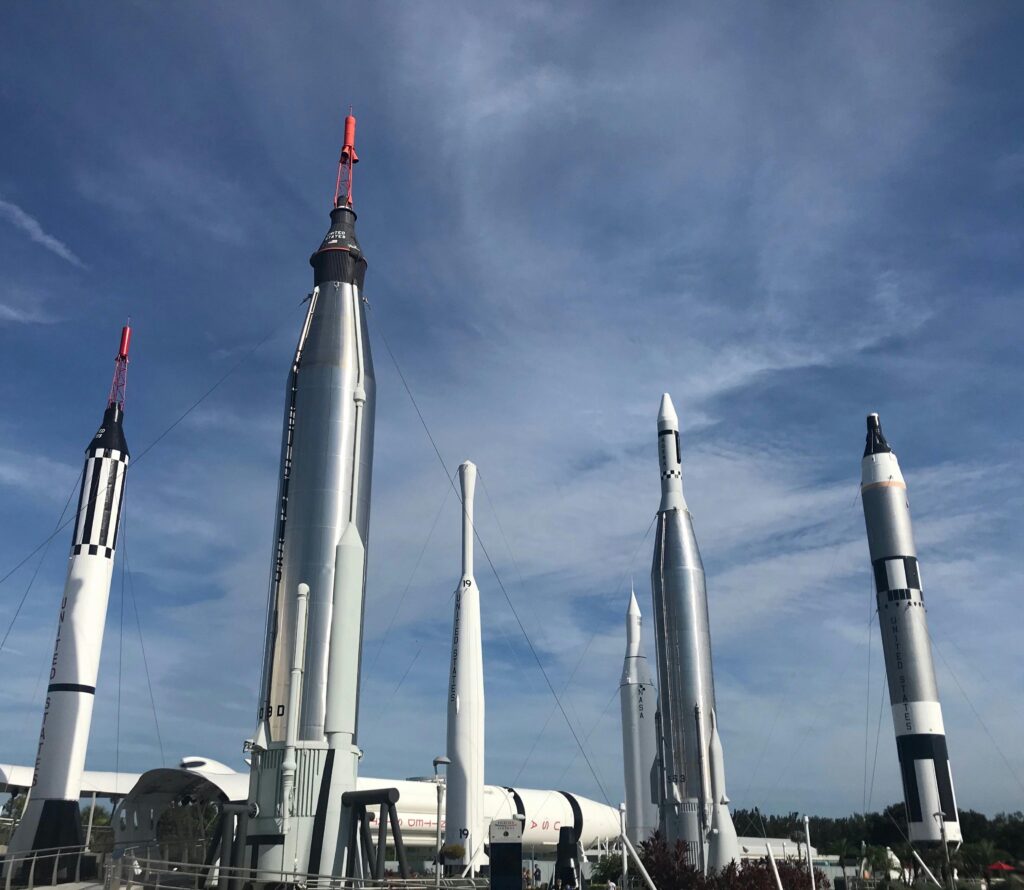In the fog of war, civilians often bear the heaviest burden. Across the globe, armed conflict zones become perilous landscapes where ordinary people find themselves caught in the crossfire, their lives upended by forces beyond their control. Protecting these non-combatants is not just a humanitarian imperative—it’s a complex challenge fraught with legal, logistical, and ethical hurdles. From urban battlegrounds to remote border regions, the struggle to safeguard innocent lives reveals uncomfortable truths about the nature of modern warfare and the limits of international protection efforts. In this article, we delve into the myriad obstacles faced when trying to shield civilians in conflict zones and what can be done to strengthen their safety in the midst of chaos.
Table of Contents
- Understanding the Complex Threats Faced by Civilians in Conflict Areas
- The Role of International Law and Its Limitations in Protection Efforts
- Humanitarian Access and the Challenge of Delivering Aid Safely
- Community-Based Strategies to Enhance Civilian Safety and Resilience
- The Way Forward
Understanding the Complex Threats Faced by Civilians in Conflict Areas
In conflict zones, civilians often find themselves caught in a devastating crossfire where the lines between safety and danger blur relentlessly. The threats they face extend beyond immediate physical violence to encompass psychological trauma, displacement, and the breakdown of essential services like healthcare, clean water, and education. These challenges are compounded by deliberate tactics such as siege warfare, use of landmines, and indiscriminate bombings, which disproportionately impact non-combatants and erode community resilience.
Key factors exacerbating civilian vulnerabilities include:
- Targeted attacks on infrastructure: Destroying hospitals, schools, and water supplies cripples civilian survival mechanisms.
- Forced displacement: Millions are uprooted, often facing malnutrition, disease, and lack of shelter in overcrowded camps.
- Exploitation and abuse: Women and children are at heightened risk of sexual violence and recruitment by armed groups.
- Limited humanitarian access: Blockades and security risks hinder aid delivery, deepening suffering.
The Role of International Law and Its Limitations in Protection Efforts
International law, particularly the Geneva Conventions and their Additional Protocols, sets the foundational framework for protecting civilians in armed conflict. These treaties establish clear rules meant to minimize suffering by prohibiting attacks on non-combatants, mandating humane treatment of detainees, and ensuring access to humanitarian aid. Institutions like the International Criminal Court (ICC) play a pivotal role in holding perpetrators accountable for war crimes, reinforcing the principle that violations carry consequences beyond the battlefield. Furthermore, international organizations and coalitions often collaborate to monitor compliance and provide crucial support on the ground.
Despite these mechanisms, significant limitations hinder the effectiveness of international law in practice:
- Enforcement challenges: Without a standing international police force, the enforcement of laws depends on states’ willingness to act, which is often influenced by political interests and power dynamics.
- Jurisdictional gaps: Some conflict zones fall outside the reach of international courts or lack cooperation from local governments, creating safe havens for impunity.
- Ambiguity in definitions: The complex nature of modern warfare—such as asymmetric conflicts involving non-state actors—makes distinguishing civilians from combatants difficult, complicating protection efforts.
- Limited resources and access: Humanitarian organizations may struggle to enter or operate effectively within conflict zones due to ongoing violence or restrictions imposed by parties to the conflict.
Ultimately, although international law provides a crucial legal and moral compass, bridging the gap between legislation and real-world protection requires enhanced international cooperation, political will, and adaptive strategies tailored to the evolving nature of war.
Humanitarian Access and the Challenge of Delivering Aid Safely
Navigating the complexities of conflict zones to provide critical aid demands more than just logistics; it requires negotiation, trust-building, and sometimes, innovation in diplomacy. Humanitarian workers often face denied or restricted access due to security checkpoints, bureaucratic red tape, or active hostilities, which can severely delay or even prevent the delivery of essential supplies. These obstacles not only jeopardize the well-being of vulnerable populations but also put the lives of aid workers at considerable risk. Efforts to establish safe corridors and temporary ceasefires highlight the delicate balance between respecting sovereignty and addressing urgent human needs.
The challenge of delivering aid safely is compounded by the presence of armed groups, shifting front lines, and the potential targeting of civilian infrastructure. Humanitarian organizations must adapt their strategies constantly, employing methods such as:
- Remote distribution points to reduce on-ground exposure;
- Use of technology and real-time data for situational awareness;
- Community engagement to foster local support and protection;
- Coordination with multiple stakeholders including governments, militias, and international bodies.
Only through such multidimensional approaches can the promise of aid reach those trapped in the crossfire, preserving life and hope amidst chaos.
Community-Based Strategies to Enhance Civilian Safety and Resilience
Empowering local communities emerges as a pivotal approach to safeguarding civilians amid the turmoil of armed conflicts. Grassroots initiatives led by community members foster trust and resilience, enabling populations to develop tailored early-warning systems and safe zones. These networks often operate discreetly, disseminating critical information on conflict escalation or humanitarian aid distribution, thereby reducing vulnerabilities and enhancing preparedness. Such local vigilance complements formal protection measures, ensuring that interventions resonate with the lived realities on the ground.
Additionally, strengthening community cohesion encourages a collective sense of responsibility that transcends ethnic or political divides. Key strategies include:
- Inclusive dialogue platforms facilitating intergroup communication and conflict resolution.
- Training programs on first aid, trauma response, and nonviolent resistance tactics.
- Partnerships with NGOs to align local efforts with international protection standards and resources.
- Utilization of mobile technology to maintain real-time alerts and connect dispersed populations.
Through these community-based strategies, civilians transform from passive victims into active agents of their own security, creating ripples of stability even in the most unpredictable environments.
The Way Forward
As the dust settles on the complex realities of protecting civilians in armed conflict zones, it’s clear that the challenges are as multifaceted as the conflicts themselves. From navigating the legal gray areas to overcoming logistical hurdles, humanitarian actors and policymakers face an uphill battle. Yet, amidst the chaos, the resilience of affected communities and the commitment of those working on the front lines offer a glimmer of hope. Moving forward, increased international cooperation, innovative approaches, and a renewed focus on accountability will be crucial to turning the tide. Protecting civilians isn’t just a moral imperative—it’s a test of our shared humanity in the face of conflict.




